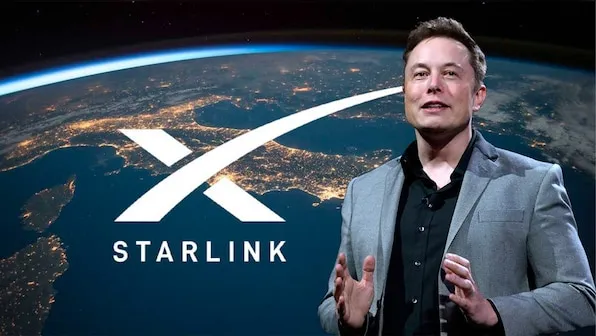Users of Starlink Warned by SpaceX of Degraded Service

Customers of Starlink’s massive constellation of ultrafast broadband satellites in Low Earth Orbit (LEO) have been alerted by SpaceX that they may face “degraded service” due to a significant geomagnetic solar storm that struck the planet last night and spread the northern lights over a large portion of the United Kingdom.
Currently, the operator possesses 5,935 low-Earth orbit (LEO) satellites at 500–600 km above the planet, and by the end of 2027, they plan to add thousands more. In the UK, customers usually pay £75 per month for a 30-day term, plus £449 for hardware (now dropped to £225 or £150 if reconditioned). This plan is called the “Standard,” and it offers 25–50 ms internet latency, 25–100 Mbps downloads, and 5–10 Mbps uploads.
The Solar Storm
However, because satellites are often subject to some of the harshest solar storm impacts, it is normal for connected services (such as GPS and the internet) to have some disruption during related occurrences. For instance, in 2022, a solar storm caused Starlink to lose 40 of its LEO platforms (see this article).
However, the impact on atmospheric drag—the force that pulls recently launched satellites back down to Earth—was more significant than the disruption to direct service delivery.
The interaction between the Earth’s magnetosphere, the magnetic field that envelops our planet and shields us from harmful solar and cosmic particle radiation, and a powerful solar wind is usually what triggers solar storms.
However, this interaction, which generates changing currents and plasmas, can also lead to a slight increase in atmospheric density and warmth, as well as the disruption of electronic communications and the spectacular Aurora Borealis, or Northern Lights, light display, on the ground.
One of the worst solar geomagnetic storms in recent memory burst from the sun last night, with an intensity that reached as high as G5, or “extreme,” on the Richter scale. Because of this, it was quite rare that anyone looking up in the night sky just before midnight would have been able to detect faint lights, even in portions of southern England.
The sun is presently experiencing its solar maximum phase, which is its 11-year solar cycle’s normal time of highest solar activity. More storm activity is therefore anticipated to continue over the weekend (an additional X5.4 class flare occurred this morning), and a stronger event may yet occur in the near future.
Aftermath
Because of this, there is a notification on Starlink’s website that reads,
Starlink is currently experiencing degraded service.” Our group is looking into this. Similarly, at roughly 7 a.m. (UK time) today, SpaceX CEO Elon Musk issued a warning, stating that a major geomagnetic solar storm is happening right now. the largest in quite some time.
Major geomagnetic solar storm happening right now. Biggest in a long time. Starlink satellites are under a lot of pressure, but holding up so far. pic.twitter.com/TrEv5Acli2
— Elon Musk (@elonmusk) May 11, 2024
Although they are under a lot of strain, Starlink satellites are holding up so far.
The problem of poor service varies depending on where you live. Some users report nearly losing service, while others claim 30–50% slower internet speeds. For the majority of users, however, their service should be operating normally (complaints are still rather low). As we mentioned, there’s a chance that this kind of activity will be high into the weekend, but so far SpaceX and contemporary ground networks seem to be handling it well.




